
A Piece of the Pie
When Colorado Governor Jared Polis officially launched his gubernatorial campaign in 2017, he did so inside a Save A Lot grocery store in Colorado Springs. The significance? The state’s 14 Save A Lots are run by Franktown-based Leevers Supermarkets, an employee-owned company, and Polis was pledging to make employee ownership among his top economic priorities.
Since his election, Polis has followed through on that promise, signing an executive order in April 2019 that created the Colorado Employee Ownership Commission within the state’s Office of Economic Development and International Trade, one of only 18 such state centers in the U.S. The commission provides consulting, certification, loans, and grants to help small businesses make the conversion to employee ownership.
Though the number of employee-owned food and beverage–related businesses in Colorado is still quite small, the model’s benefits—greater income equity, accountability, motivation, empowerment, and more—make it worth considering. Take Sexy Pizza, a philanthropy-minded pizza shop with four locations in Denver and one pending in Trinidad. Started in 2008, the business converted to employee ownership in 2020 via a stock-ownership plan. “I wanted to be a part of something better,” says co-founder Kayvan Khalatbari about the transition. All of Sexy Pizza’s 90-some employees who work at least 20 hours a week are automatically enrolled in the stock plan once they’ve been with the company for a year. The number of shares each person receives depends on length of employment, wage level, and hours worked. At first, employees are 20 percent vested; that amount increases by 20 percent each subsequent year until they’re fully vested five years after joining the plan.
The initial stock certificates were just issued in July, so it’s too soon to tell what kind of effect the new structure will have long term, but a generous benefits program—including paid time off, health care, assistance with home down payments, and parental leave—already helps keep employee turnover at a low 20 percent annually.
Dividends automatically get reinvested back into the plan, so Sexy Pizza employees don’t receive any extra income (if they leave the company, they’ll get a payout). “Our goal is to have people keep the money in the company as a method of retirement and savings,” Khalatbari explains. General managers, assistant managers, and shift leads, however, are eligible for an additional profit-sharing program that’s based on keeping expenses below certain thresholds; part of the savings are then distributed among those senior workers, with a total of $100,000 to $150,000 doled out annually.
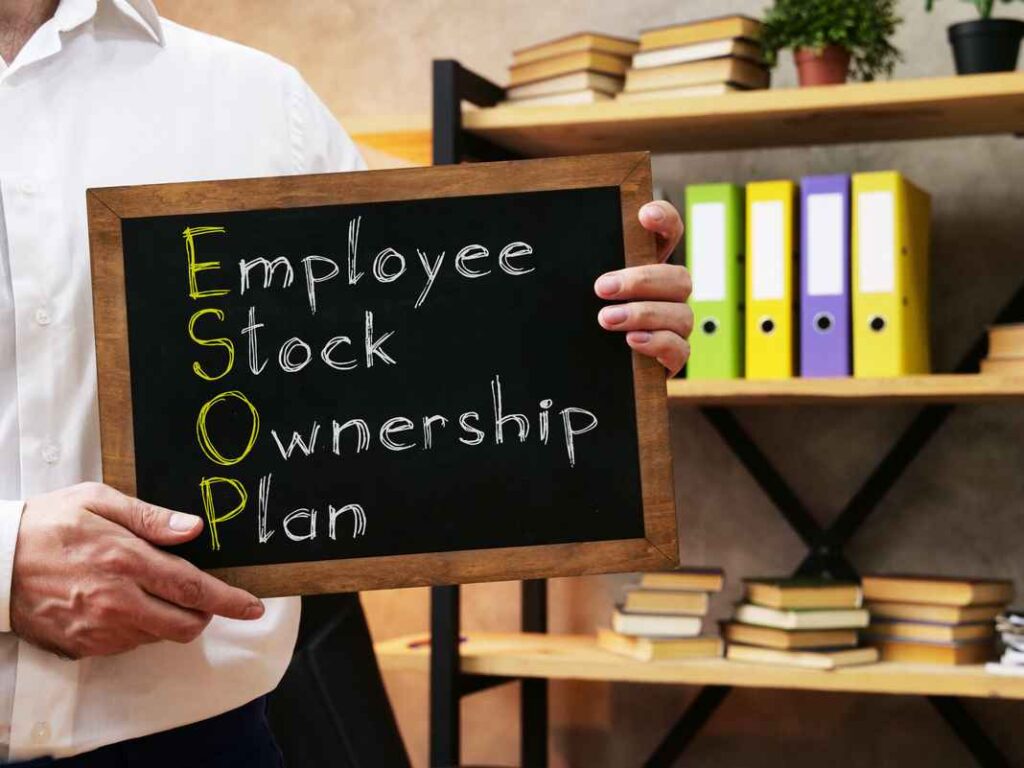
Sexy Pizza’s model is one of several traditionally used for employee ownership. The primary three are ESOPs, worker cooperatives, and employee trusts.
To note: There’s no formal employee stock ownership plan (ESOP) because some structural issues with Sexy Pizza’s original corporate setup need to be remedied. Before addressing those changes, says Khalatbari, management wants to ensure employees are engaged in the new ownership model. That means for now, a phantom stock plan exists that’s organized similarly to a traditional ESOP. An independent appraiser determined the fair market value of the company and of stock shares.
Sexy Pizza’s model is one of several traditionally used for employee ownership. The primary three are ESOPs, worker cooperatives, and employee trusts, says Joseph Blasi, distinguished professor and director of the Rutgers Institute for the Study of Employee Ownership and Profit Sharing in New Jersey. (Created in 2018, the institute is one of—if not the only—academic research bodies in the world that specifically studies employee ownership.)
Generally used by larger companies (say, a few hundred staffers), ESOPs give employees one vote for each share of stock they hold, primarily to elect a board of directors that then oversees management. In worker cooperatives, which tend to be made up of much fewer employees (think 10 or so), each worker gets one vote and profits are divvied up however the co-op decides.
In the employee trust model, a newer option, a retiring owner sells the company to a trust that’s set up to keep things 100 percent worker-owned in perpetuity, explains Blasi. The employees benefit from annual profit sharing rather than receiving shares of stock. The advantage? Ensuring that employees retain ownership by eliminating potential buy-outs by outside investors (as happened with the once employee-owned New Belgium Brewing).
Colorado’s Employee Ownership Commission broadens the definition of these traditional options to include any company that offers an ownership stake of at least 20 percent to its workers.
Sexy Pizza’s path to employee ownership is somewhat unusual. The most common transition occurs when a company owner decides to sell. That was the case for Odell Brewing Co., when the Odell family sold the majority of the company to employees in 2015 through a combination of a management buyout and an ESOP.
The same happened last summer at Boulder’s Trident Booksellers & Cafe, when one of three owners of the longtime cafe and bookstore decided to sell his share. Staffers lobbied to buy him out, and now they own a third of the business.
“[MANY EMPLOYEE OWNERS] HAVE NEVER BEEN BUSINESS OWNERS, NEVER BEEN ENTREPRENEURS…IT’S AN AMAZING AMOUNT OF GROWTH THEY’RE GOING THROUGH.”
Peter Jones, Trident Booksellers & Cafe
But it took some convincing, says general manager Peter Jones, who was one of the workers advocating for ownership. At first, the existing owners rejected the idea. After two and a half months, however, in which employees explained their goals, talked through the owners’ worries, and spelled out how the deal would benefit the business, an operating agreement was reached.
The selling owner accepted a gradual buyout from employees, who began making payments to him last year. By September, the buyout should be complete. And now the other two original owners are even willing to sell some of their equity to new employees who want to become owners, says Jones.
Trident’s model falls somewhere between an ESOP and a worker co-op. Any employee can become a worker-owner after being there for a year. All employee owners have one vote, no matter how many shares they hold, so that everyone has an equal voice. Profits are shared quarterly. Trident currently has 13 employee owners, about 70 percent of the staff.

At meetings that take place every two or three weeks, Trident employee owners discuss everything from shift structure and hiring needs to what suppliers to work with and whether to add sick leave and grant pay raises (both of the latter were approved). What could be 13 employees butting heads and arguing in circles generally hasn’t happened, says Jones, though “we’ve grown a lot and learned how to communicate,” he admits. Moreover, the new role provides significant experience to Trident employees, whose average age is 26. “They’ve never been business owners, never been entrepreneurs, they don’t own houses,” adds Jones. “It’s an amazing amount of growth they’re going through.”
Trident was doing well before the ownership transition, with good employee retention and decent pay, but the new structure provides something more intangible. “We can give people money, but money is not what resonates with the soul,” says Jones. “Having a say in what they are or aren’t doing day-to-day is super powerful.”
EMPLOYEE OWNERSHIP LEADS TO LOWER TURNOVER, BETTER LOYALTY, MORE WILLINGNESS TO WORK AND TO HELP UNDERPERFORMING FELLOW WORKERS, AND A GREATER COMMITMENT TO AND IDENTIFICATION WITH A COMPANY.”
Joseph Blasi, Rutgers Institute for the Study of Employee Ownership and Profit Sharing
The research supports this, too. “Employee ownership leads to lower turnover, better loyalty, more willingness to work hard and to help underperforming fellow workers, and a greater commitment to and identification with a company,” says Blasi. Though it’s not yet widespread in the food-service industry, he thinks the model can work well for restaurants, helping address issues like high turnover, giving more opportunities for income, and increasing the sense of partnership among staff.
So with all of these positives, what are the drawbacks to employee ownership? For one, it’s not a miracle solution. If good management is lacking, says Blasi, turning ownership over to staff won’t automatically solve those problems. It also won’t make up for a lack of basics; employee ownership tends to work best when it comes on top of fair wages and decent benefits. And workers won’t necessarily be motivated by the incentive of ownership alone—not if company culture doesn’t align with ample training, job security, employee involvement in problem solving, and a less hierarchical management. “You can’t treat people badly on all of the fronts of the human resources system and think that ownership is going to compensate for that,” Blasi explains.
In addition, cost can be prohibitive for some models of employee ownership. The biggest hurdle to creating an ESOP, says Sexy Pizza’s Khalatbari, is the price of implementation, which is out of reach for most individual restaurants. “We had to hire a qualified firm to put this plethora of documents together and manage them every year,” he adds, citing the cost as between $35,000 to $50,000 for the initial set-up, plus $5,000 to $10,000 for the third-party company evaluation and $5,000 to $15,000 annually for ongoing plan maintenance. One possible way to alleviate the financial burden, he believes, is if large cities or states could help defray some of the initial costs.
Converting to an employee-owned company can also seem downright unrealistic, at least for now. “My intention is to move in that direction,” says Pete Marczyk of Denver’s Marczyk Fine Foods, while noting that the grocery business’ incredibly thin margins (three percent), along with the line-level employees his store generally employs, render the idea difficult to implement. Starting wages at the store are currently in the high teens. “If I say, ‘You can make $18 an hour or I can pay you $16.50 and you can get some [stock] shares over time,’ I can tell you what the answer is going to be,” Marczyk says.
Nonetheless, the number of employee-owned restaurants, catering companies, and other food-related businesses in Colorado could very well increase in the near future, through a combination of our state government’s priorities and outreach, the greater focus on social justice (including pay equity), and the simple fact that owners may be ready to sell.
According to the most recent hospitality-industry census data that Blasi has analyzed, more than a half a million lodging and food-service employers exist nationally, with annual payroll well over $275 billion and annual sales well over $1 trillion. Half of these owners are closing in on retirement, and 80 percent do not have a child who wants to take their place. Plus, these businesses were majorly disrupted by the pandemic. “These retiring owners are starting to look to worker co-ops, ESOPs, and employee ownership trusts as the way to both cash out and carry on their legacy,” Blasi says.
Jones, for one, encourages any small business that is considering adopting a worker-owner model to move past misgivings. “The initial headache of getting it going is far outweighed by the positive growth you see on the back end,” he says about Trident. “We’re learning that if you put your trust and faith into your staff, they’re going to receive and reflect it back. Our business is doing better, our staff is doing better, and it’s resonating on a larger front with the community that this is one way to move into the future, where we truly are taking care of everyone that’s part of our business.”
Talk to us! Email your experiences (and thoughts, opinions, and questions—anything, really) to askus@diningout.com.



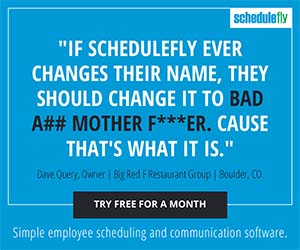
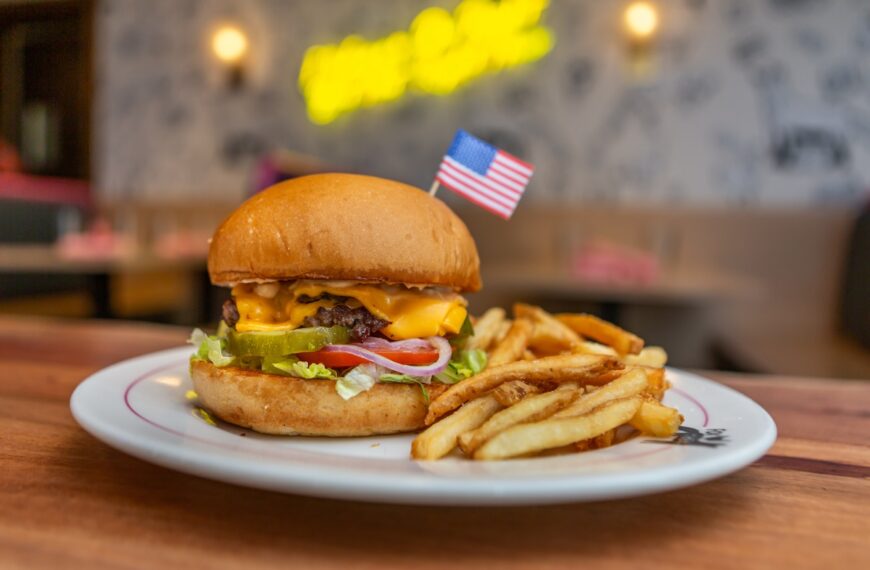

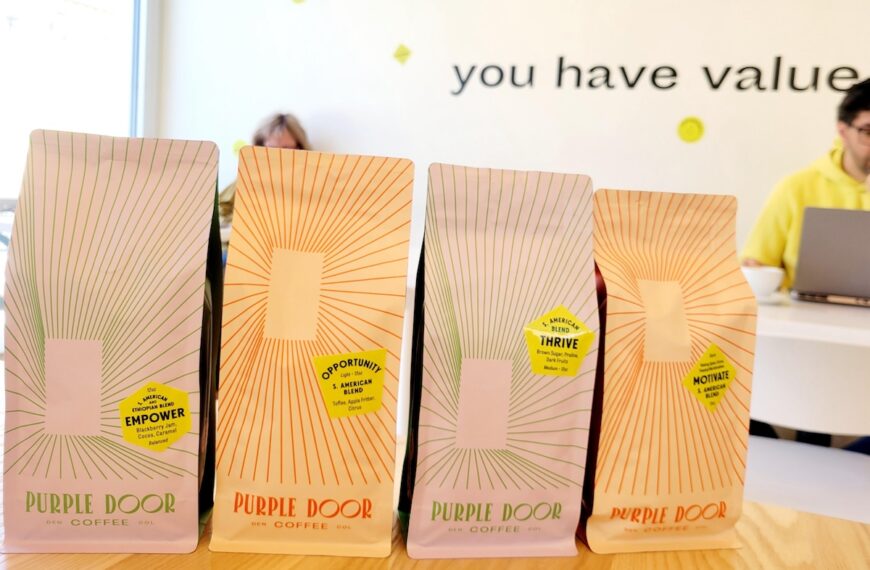
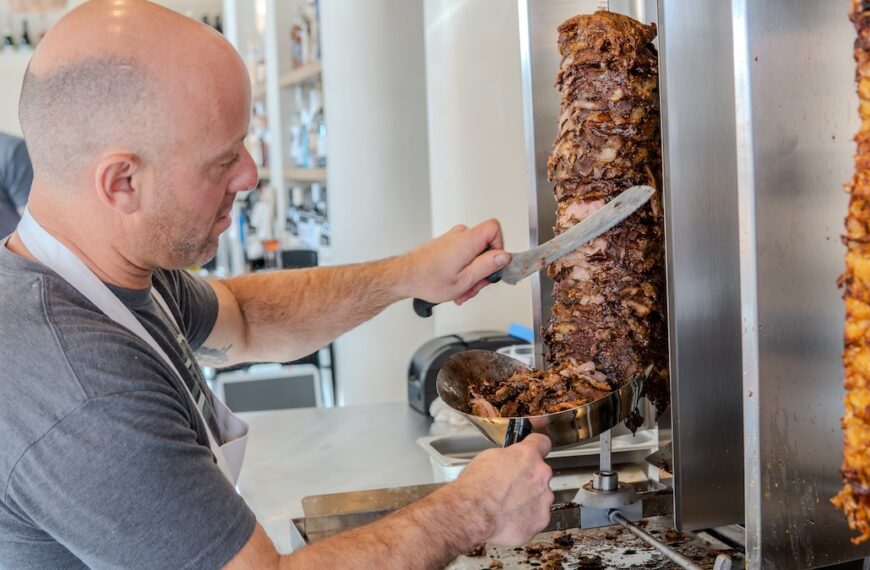
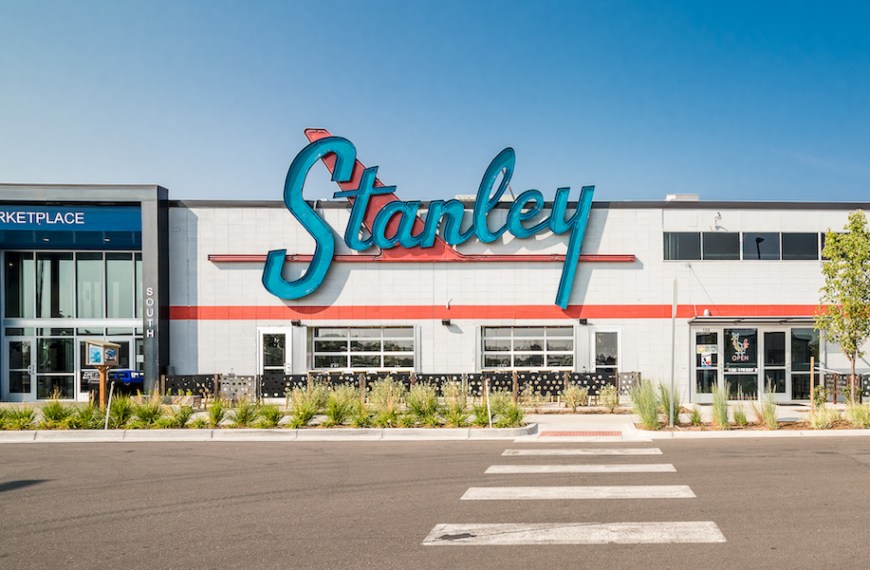



Comments are closed.